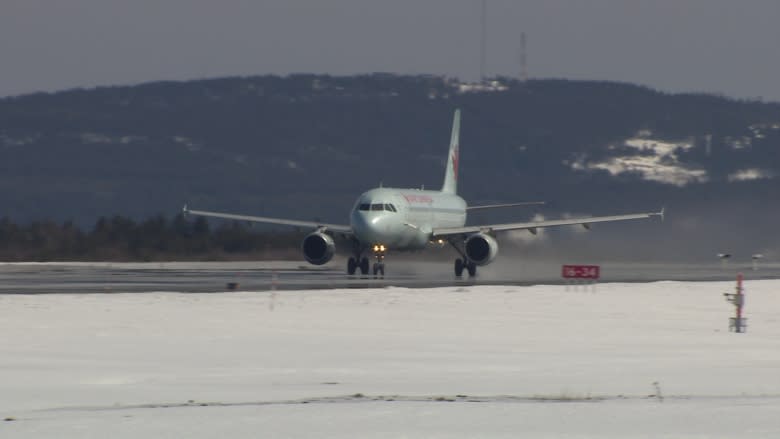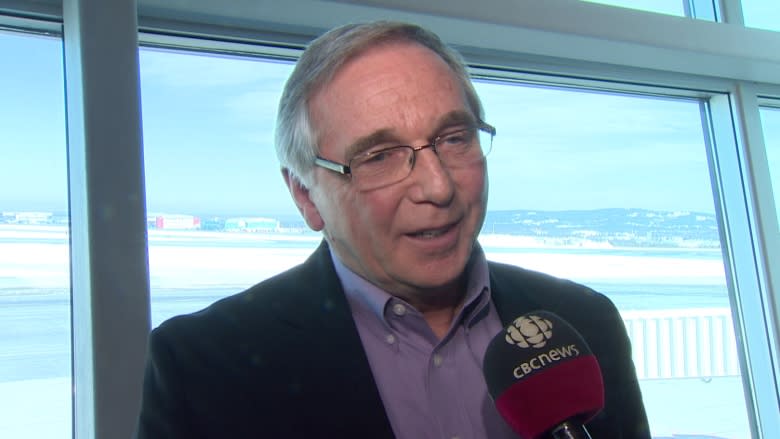Runway closure at St. John's airport will be worth the wait, says Keith Collins
St. John's International Airport will shut down its primary runway for five months to finish up the final phase of a three-year, $37-million project to improve the airport's landing system.
The president and CEO of the St. John's Airport Authority, Keith Collins, says St. John's will be the fourth airport in the country to have this system — the only airport with less than 10 million passengers.
"What that means for us is that with 99 per cent reliability, people can count on getting in and out of St. John's Airport year-round — including during the spring and the foggy season," said Collins.
The airport's reliability currently sits at 93.7 per cent. While a five per cent increase may not seem like a lot, Collins said it will transform the province's reputation.
He estimates that upwards of 70,000 people will no longer be impacted by delays, diversions and cancellations.
First-class upgrade
The main runway will close in June and is set to re-open in November. Collins said new lighting needs to be installed and the tarmac has to be completely resurfaced.
Once completed, St. John's will be the first airport in the world to have LED light on its runways. Charles de Gaulle Airport in Paris will be the second.
"There's simply no way to do this work than to close the main runway," he said.
In the meantime, Runway 1634, the airport's secondary strip, will be used as a substitute. The landing surface was lengthened to 7,300 feet last year — Collins said that's long enough to handle any aircraft arriving or departing from St. John's.
Operations impacted
"The one condition that could affect the use of Runway 1634 would be a strong crosswind," said Collins. "If there are sustained crosswinds of 60 kilometres an hour or more, there may be some issues with that particular runway."
The airport authority estimates that four to five per cent of flights could be affected.
Collins said the new landing technology will allow the airport to better guide planes onto the runway, even during times of limited visibility.
"The passengers on board will be on the ground before they see it."


